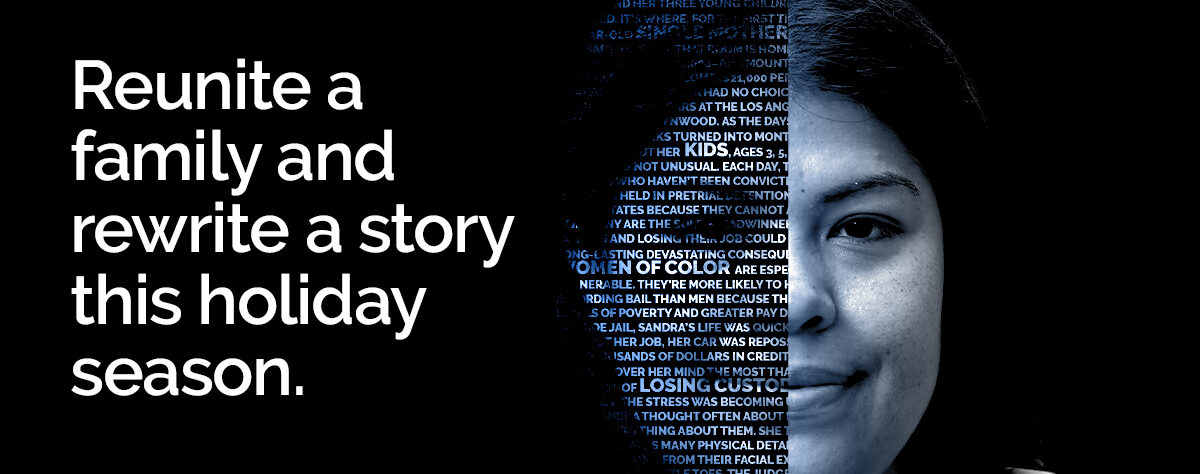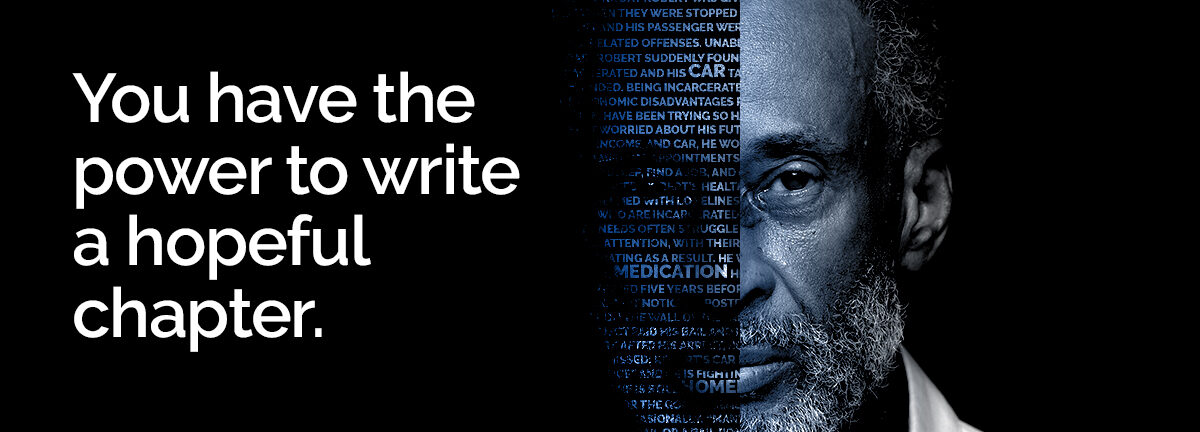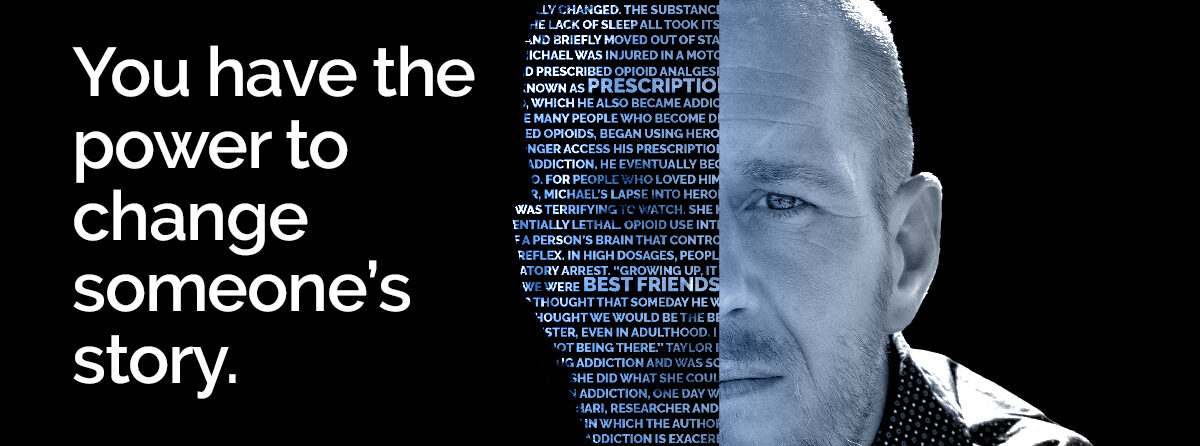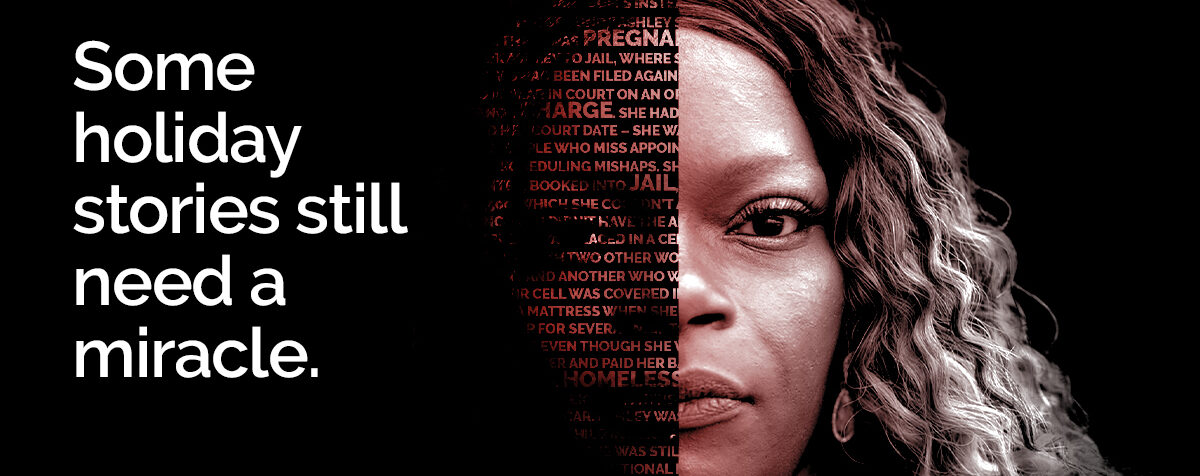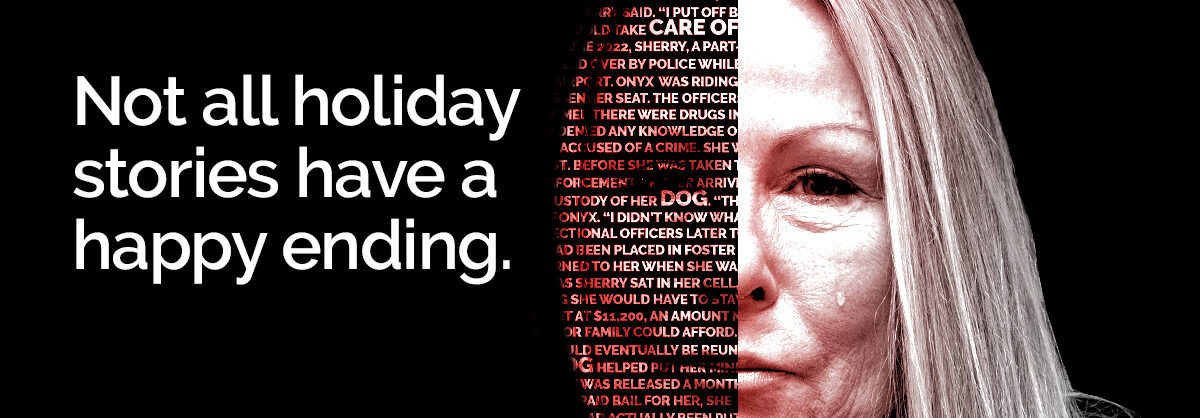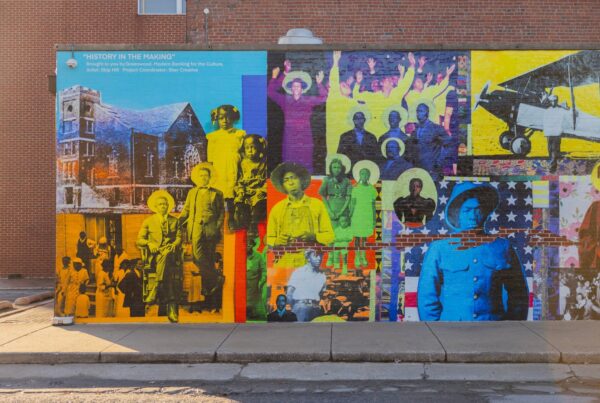Safety is more than a measure of the presence or absence of crime. It is also safety from the economic, social, and environmental conditions that can lead to harm or diminished life outcomes. This can include, for example, a lack of medical facilities where someone can access treatment if they are or become ill, or a scarcity of quality jobs that leaves people with few employment prospects.
How do these conditions relate to public safety, though? Take transportation as an example. Research shows that public transportation infrastructure – like a bus or train system that runs on time and is affordable and accessible – allows people to get to work and access critical social services such as substance use treatment that altogether reduce cycles of rearrest and incarceration. The Bail Project’s clients, who return to court more than 91% of the time, receive access to transportation services because we realize that the latter is inadequate or inaccessible to many low-income communities across the United States. There’s also ample evidence that street lighting reduces crime. So too do employment opportunities for teenagers, as well as social cohesion and a person’s willingness to engage with government agencies and actors.
For too long, concerns about public safety have dominated headlines and policy agendas. And time and again, public safety has proven easily manipulated to serve bad-faith politicians looking to score political points instead of enacting effective policy. Everyone deserves to be and feel safe, but what is often the focal point of debates about public safety – more incarceration, more arrests – are policies that most Americans don’t support. What they want instead are things that build strong and healthy communities, like good schools, good jobs, affordable housing, and access to recreational spaces and services that help them get a leg up.
As public safety has become conflated with the police and jails, we’ve lost sight of the fact that unequal access to opportunities and systemic underinvestment in services establishes the conditions that lead to crime in the first place. Crime occurs everywhere. But neighborhoods that feel less safe tend to be those that have experienced histories of over-policing and residential segregation; the same places that were subjected to “redlining” are places with diminished health outcomes, higher poverty rates, poorer quality housing, and less access to community-based services.
The more we adopt a comprehensive approach to safety, understanding it as more than just the absence of crime but also the extent to which we provide opportunities for community thriving, the better we’ll be able to develop solutions that really make people safe.
Local governments have started shifting towards this more holistic approach. Nearly 50 counties and cities have established local offices called “Offices of Neighborhood Safety” (ONS) that adopt a non-punitive, community-centered approach to violence prevention. Richmond, California, for instance, has invested in its ONS and seen tremendous results in the past 15 years: homicides have declined by 62% and firearm assaults have decreased by 79%. And in New York City, the New York City Mayor’s Office of Criminal Justice has developed NeighborhoodStat – a process whereby residents of public housing with high levels of crime are able to collaborate with city officials to develop social and economic solutions that combat the common conditions that produce crime. Examples of how investing in local infrastructure and services creates safer, more resilient communities abound.
At The Bail Project, too many of our clients have fallen victim to short-sighted approaches to public safety: not only are they denied the presumption of innocence with unaffordable bail amounts, but they’re also not offered access to the help they need to avoid justice-system involvement altogether. Our model of Community Release with Support embodies the core tenets of community safety.
The verdict is in: we need to rethink the utility of public safety as a term, and welcome community safety as a more accurate alternative. Community safety helps us to move beyond the rhetoric of public safety, which focuses too heavily on policing and incarceration, and allows us to instead concentrate on the factors that we know make communities safe.
Thank you for reading. The Bail Project is a 501(c)(3) nonprofit organization that is only able to provide direct services and sustain systems change work through donations from people like you. If you found value in this article, please consider supporting our work today.


